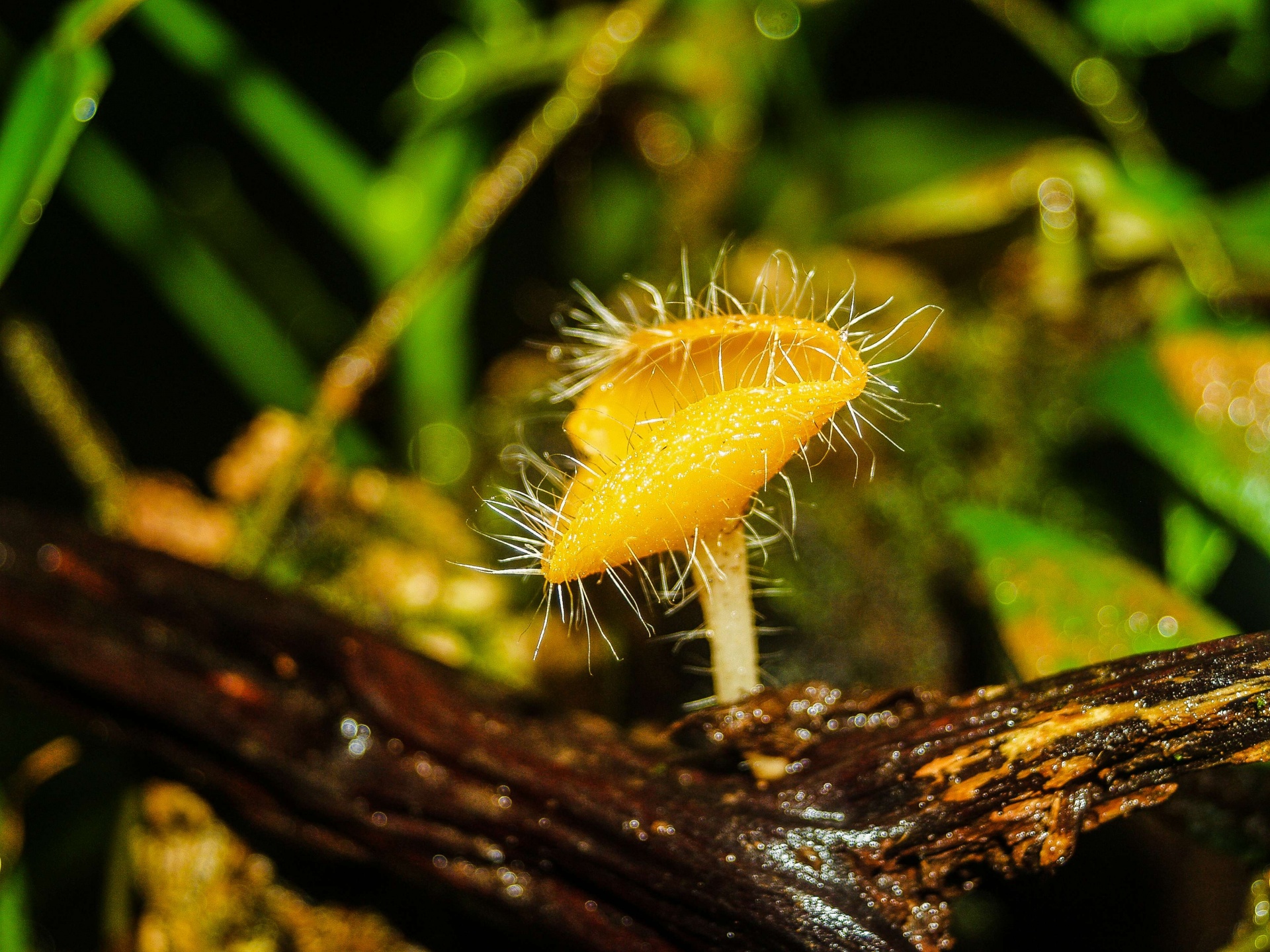
Welcome to the enchanting world of mushroom growing, where a deep appreciation for fungi can flourish into a rewarding and fascinating hobby. Whether you are a complete beginner or a seasoned enthusiast, embarking on this journey will surely ignite your curiosity and unleash your inner mycologist. The allure of cultivating your own mushrooms lies not only in the delicious flavors and culinary possibilities they offer, but also in the intricate and mysterious nature of these extraordinary organisms. So roll up your sleeves, grab your gardening gloves, and let’s dive into the captivating realm of mushroom growing.
Choosing the Right Mushroom Variety
When it comes to mushroom growing, selecting the right variety is crucial. Each mushroom variety has its own unique characteristics and requirements, so it’s important to choose the one that best suits your needs and abilities.
Firstly, consider your level of experience. If you’re new to mushroom cultivation, it’s advisable to start with beginner-friendly varieties such as oyster mushrooms or white button mushrooms. These varieties are relatively easy to grow and require less attention to detail.
On the other hand, if you have some experience and feel confident in your skills, you may want to try more advanced varieties like shiitake or lion’s mane mushrooms. These mushrooms have specific temperature and humidity requirements, but can be highly rewarding for those willing to put in the extra effort.
Lastly, think about your taste preferences and intended use of the mushrooms. Some varieties, like portobello and cremini mushrooms, are loved for their meaty texture and rich flavor, making them great for grilling or sautéing. Other varieties, such as enoki or maitake mushrooms, have delicate flavors and work well in salads or stir-fries.
By carefully considering your experience level, cultivation capabilities, and desired flavor profiles, you can make an informed decision when choosing the right mushroom variety for your growing endeavors.
Setting Up Your Mushroom Growing Environment
When it comes to mushroom growing, creating the right environment is essential for success. Here are three key factors to consider when setting up your mushroom growing space.
-
Temperature and Humidity: Mushrooms thrive in specific temperature and humidity ranges. Different types of mushrooms have different requirements, so it’s important to research the optimal conditions for the species you plan to grow. Maintaining a consistent temperature and humidity level will ensure healthy growth and minimize the risk of contamination.
-
Light and Darkness: Unlike plants, mushrooms do not require light for photosynthesis. In fact, exposure to direct sunlight can be harmful to their development. Instead, mushrooms thrive in darkness or low light conditions. Consider setting up your growing space in a room or area where you can easily control the lighting to provide the necessary darkness for your mushrooms to flourish.
-
Ventilation and Air Circulation: Proper air exchange is crucial for a healthy mushroom growing environment. Mushrooms produce carbon dioxide as they grow, which needs to be replaced with fresh oxygen. Good ventilation helps maintain the desired air quality and prevents the buildup of excess moisture that can lead to mold or bacterial contamination. A simple fan or air vent can help improve air circulation and minimize the risk of problems.
By carefully considering these factors and creating an optimal growing environment, you’ll be well on your way to successfully cultivating your own mushrooms at home. In the next section, we will delve into the process of selecting and preparing the right growing medium for your chosen mushroom species.
Tips for Successful Mushroom Cultivation
-
Choose the Right Mushroom Variety
Golden Teacher Mushroom
Selecting the right mushroom variety is crucial for successful cultivation. Different mushroom species have varying growth requirements and preferences. Some commonly cultivated mushrooms include oyster mushrooms, shiitake mushrooms, and white button mushrooms. Research the specific needs of the mushroom variety you intend to grow to ensure you provide them with the ideal growing conditions. -
Create a Suitable Growing Environment
Mushrooms thrive in specific environments with controlled temperature, humidity, and lighting conditions. Consider setting up a dedicated mushroom growing area, like a basement or a small greenhouse. Maintain a temperature between 55°F and 75°F (13°C and 24°C) with a humidity level ranging from 75% to 85%. Keep the area well-ventilated but avoid direct drafts, as mushrooms are sensitive to air movement. -
Provide Proper Substrate and Nutrients
Mushrooms require a substrate on which they can grow. Common substrates include logs, straw, sawdust, or even recycled materials like coffee grounds or cardboard. Make sure to sterilize or pasteurize the substrate to eliminate any competing organisms. Additionally, consider supplementing the substrate with nutrients such as nitrogen, phosphorus, and potassium to aid in mushroom growth.
By following these tips, you’ll be well on your way to successfully cultivating your own mushrooms at home. Remember to be patient, as mushroom cultivation can take a few weeks to several months before you see results. Enjoy the process and embrace the fun and rewarding world of mushroom growing!